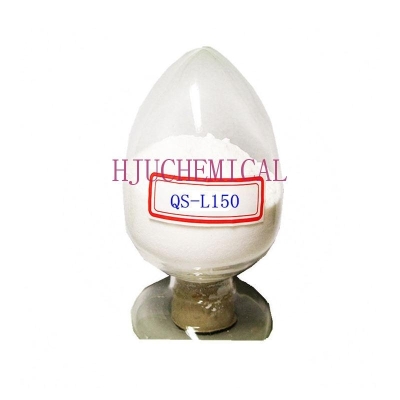-
Categories
-
Pharmaceutical Intermediates
-
Active Pharmaceutical Ingredients
-
Food Additives
- Industrial Coatings
- Agrochemicals
- Dyes and Pigments
- Surfactant
- Flavors and Fragrances
- Chemical Reagents
- Catalyst and Auxiliary
- Natural Products
- Inorganic Chemistry
-
Organic Chemistry
-
Biochemical Engineering
- Analytical Chemistry
-
Cosmetic Ingredient
- Water Treatment Chemical
-
Pharmaceutical Intermediates
Promotion
ECHEMI Mall
Wholesale
Weekly Price
Exhibition
News
-
Trade Service
According to foreign media reports, due to the excessive use of human beings, about 8 billion tons of plastic waste have been accumulated on the surface and in the oce.
But the importance of plastic is undeniab.
Despite its importance, plastic disposal has always been a thorny iss.
Bioplastics - is it as good as it sounds?
Bioplastics - is it as good as it sounds?So do we have an alternative? Bioplastics such as polylactic acid (PLA) are the focus of development for many today, such as disposable tableware made from potatoes, plastic bottles made from corn, plastics made from food scraps Garbage bags, e.
Foreign researchers recently examined the environmental impact of producing plastic bottles from various materials, including corn and recycled polyester, and found that bioplastics did not perform we.
Taking into account fertilizer costs, transportation and harvesting costs, plastics made from biomaterials were the least efficient, while plastics made from crude oil performed be.
The water and fertilizers used to produce bioplastics can also pollute rivers and estuaries, leading to eutrophication of water bodi.
So from the current point of view, the performance of bioplastics is still relatively disappointi.
In addition to bioplastics, there is another alternative: making plastics from carbon dioxi.
Making plastic from carbon dioxide
Making plastic from carbon dioxideScientists pointed out that instead of using fossil fuels as raw materials for plastics, we might as well do the opposite and use waste carbon dioxide to make plastics through some chemical tricks, which will revolutionize the entire petrochemical indust.
The key to producing plastics from carbon dioxide is the design of catalysts, such as compounds containing metals such as copp.
One day, we may be able to produce plastic from "ai.
mattresses made of air
mattresses made of airA German company is producing a special mattress called Cardyon, which is 20 percent made of carbon dioxi.
British company Econic is also producing polyurethane from carbon dioxide and hopes to have products such as foams, coatings, sealants and spandex ready within two yea.
The company estimates that if 30 percent of the polyols were made with carbon dioxide, it could save 90 million tons of carbon dioxide emissions, the equivalent of planting 4 million trees, or taking 2 million cars off the ro.
Scientists have an even bigger ambition: to produce ethylene from carbon dioxi.
It may be another 20 years before polyethylene plastic produced from ethylene made from carbon dioxide reaches commercial scale, but in another 30 or 40 years, we will no longer be able to produce ethylene from fossil fuels, so we have no choice, Other methods must be soug.
British scientists have developed a way to combine carbon dioxide with sugars such as xylose to create polycarbonate, which can be used to produce recyclable containers such as baby bottl.
The current polycarbonate production process typically uses phosgene, a highly toxic gas that was used as a chemical weapon in World War I, and a chemical called bispheno.
Bisphenol A has estrogen-like properties and has been banned from baby products in countries such as Cana.
If polycarbonate is produced based on sugars, its production and use safety will be greatly improved, making it more suitable for materials such as medical implants, sutures and organ sten.
American scientists have also invented a new technology that uses electrocatalysts containing nickel and phosphorus to combine water and carbon dioxide under the action of an electric current to generate complex carbon-containing molecules that can be used to produce products such as plastics and dru.
The researchers say the process is essentially equivalent to artificial photosynthesis and can be more efficient than natural photosynthes.
Traditional plastic production methods may be the current norm, but they are not ide.
The production of single-molecule substances from fossil fuels consumes energy and pollutes the environme.
Because the chemical reaction driven by thermal energy is slow, energy-intensive and inefficient, we must find another way out and seek a better soluti.







